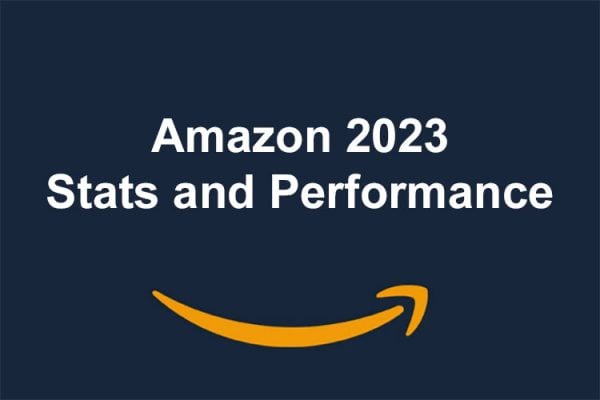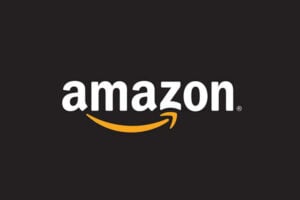Now that the UK and EU have reached a Trade and Cooperation Agreement, which sets new terms of trade from the 1st of January 2021, Amazon have published advice on what this means for your business.
The new customs border is now in place between the UK and EU. People and goods crossing this customs border may be subject to additional checks. You can find more details on the UK government website, or if you are in the EU through your local government website.
FBA and the UK/EU Trade and Cooperation Agreement
As communicated in July, Amazon is no longer able to move your goods across the UK/EU border. Pan-EU transhipments, cross-border fulfilment through EFN, and cross-border returns between the UK and EU have now stopped.
To protect your sales, we recommend that you send inventory to fulfilment centres in both the UK and EU. If you plan to move goods across the UK/EU border, you must ensure you meet the customs requirements for cross-border shipping in order to avoid delays.
You can find detailed information on the Amazon Brexit Help page.
As a reminder, the requirements for cross-border shipping include the following:
- Registering for VAT in countries in which you are storing products. See the Amazon dedicated VAT Education pages for more information about your VAT obligations.
- Getting EORI numbers – if you are using FBA, you will need at least 2 EORI numbers (1 for UK and 1 for EU if you are importing products in the UK and EU). If you are an MFN seller, you may only need 1 EORI number to do so (UK for UK sellers and EU for EU sellers). Please contact your logistics agent or tax advisor for further details.
- Identifying the correct Harmonised System (HS) Codes for your goods and determining the level of duties that will apply to your products. For more information visit gov.uk.
- Providing the country of origin (COO) information for your goods. See the official guidance to determine your product’s country of non-preferential origin.
- Ensuring you’re ready to comply with both UK and EU product compliance, conformity marking, and labelling requirements (for example, marking your products with both CE and UKCA). In addition, gathering any necessary product compliance documentation.
- Obtaining consent from EU IP rights owners (if required).
- Deciding how to handle customs declarations, and engaging a Customs Broker where relevant.
In order for products to benefit from the zero tariffs, they must meet the specific rules of preferential origin established in the Trade and Cooperation Agreement signed between the European Union and the United Kingdom. See gov.uk for further guidance on this point.
For more information, see the full Trade and Cooperation Agreement here.
If you move goods between Great Britain and Northern Ireland (NI), you can find the latest HMRC guidance here. Amazon suggest working with your carrier to check the requirements that apply to you and ensure compliance.










